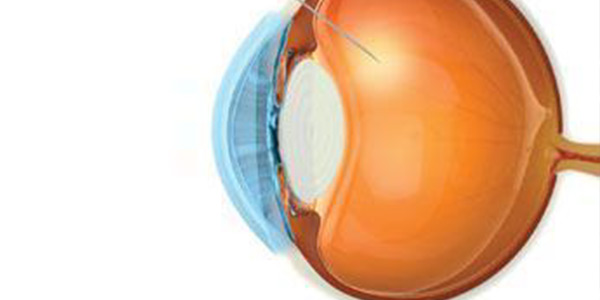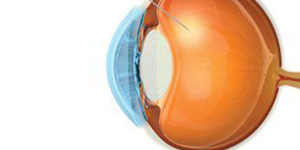Intravitreal Injections Specialist
Common questions asked by patients: What are intravitreal injections used for? How often are intravitreal injections given? Is intravitreal injection a surgery? What medications are given in intravitreal injections?
Contact us for more information. We have convenient locations to serve you in Connecticut. We serve patients from Hamden CT, Norwalk CT, Trumbull CT, New Haven CT, Madison CT, Fairfield CT, Stratford CT, Northford CT, Woodbridge CT, Stamford CT, Weston CT, Bridgeport CT, Milford CT, North Haven Bridge CT, West Shore CT, Clinton CT, Guilford CT, and surrounding areas.




Intravitreal injections involve injecting a medicine directly into the eye (vitreous cavity) through the sclera (white portion of the eye). It has quickly become one of the most common medical procedures performed in the United States due to the great efficacy and benefits patient receive from treatment. 1.3 million intravitreal injections were performed in the United States in 2010. Medications injected into the eye include antiVEGF agents (Avastin, Eylea, Lucentis), steroids (Kenalog, Triesence), antibiotics, antiviral and antifungal medicines.
Many patients are apprehensive when this treatment is offered because it initially may sound painful and unsafe. However, this treatment is generally very safe and well tolerated. An intravitreal injection is performed right in our offices and usually takes no more than 5-10 minutes to complete. The eye is anesthetized with eye drops or a small non-painful injection of local anesthesia. An antiseptic solution is placed as well as a small eyelid speculum. Finally, a very small needle is used to place the medication. Mild irritation may occur as the anesthesia wears off, but patients may even return to work afterwards. Superficial bleeding may occur on the white part of the eye; this is a common occurrence and usually will resolve in about one week. Moderate complications such as increased eye pressure and cataract progression may occur with a steroid injection. Severe complications such as retinal detachment and endophthalmitis (severe eye infection) are estimated to occur in about 1 in 2,000 injections. In most cases, however, intravitreal injections remain the safest and best treatment available for certain eye conditions. As with any procedure, your doctor will discuss the potential risks, benefits, and treatment alternatives.

Additional Treatments You May Like

Additional Treatments You May Like
- Macular Degeneration
- Scleral Buckling
- Uveitis
- Macular Edema
- Photodynamic Therapy (PDT)
- Degenerative Myopia
- Laser Photocoagulation
- Retinal Detachment
- Diabetic Retinopathy
- Lattice Degeneration
- Pneumatic Retinopexy
- OCT
- BRVO
- Inherited Retinal Disorders
- Macular Hole
- Flashes and Floaters
- Macular Pucker
- Angiography
- CRVO
- Cryotherapy
- Retinal Artery Occlusion
- Intravenous Fluorescein Angiogram
- Retinal Tear
- Vitrectomy
- AMD
- Intravitreal Injections
- Complications After Cataract Surgery
- CSCR
- Pars Plana Vitrectomy




